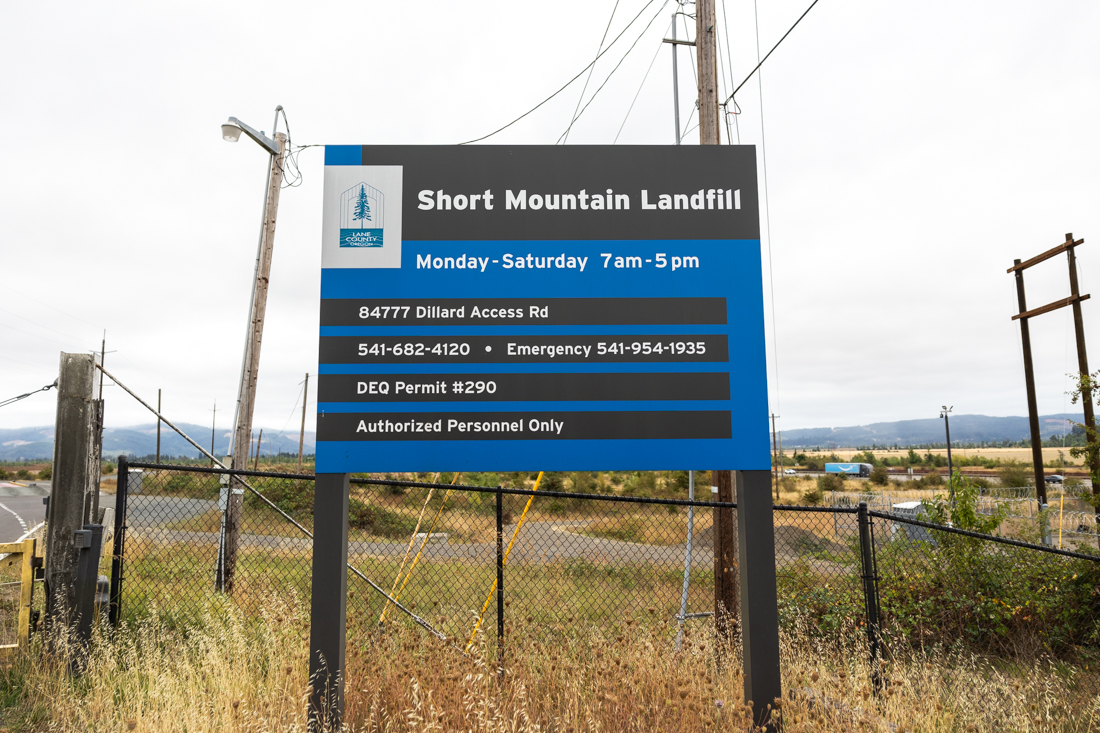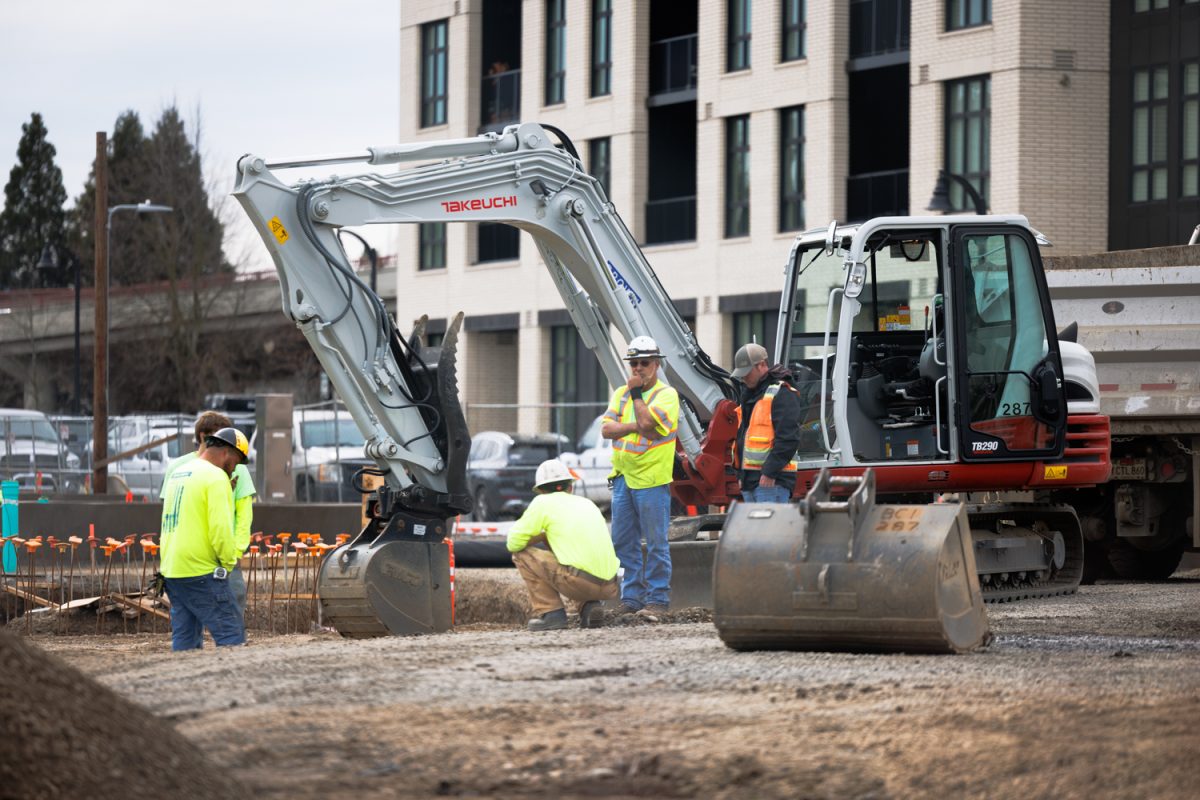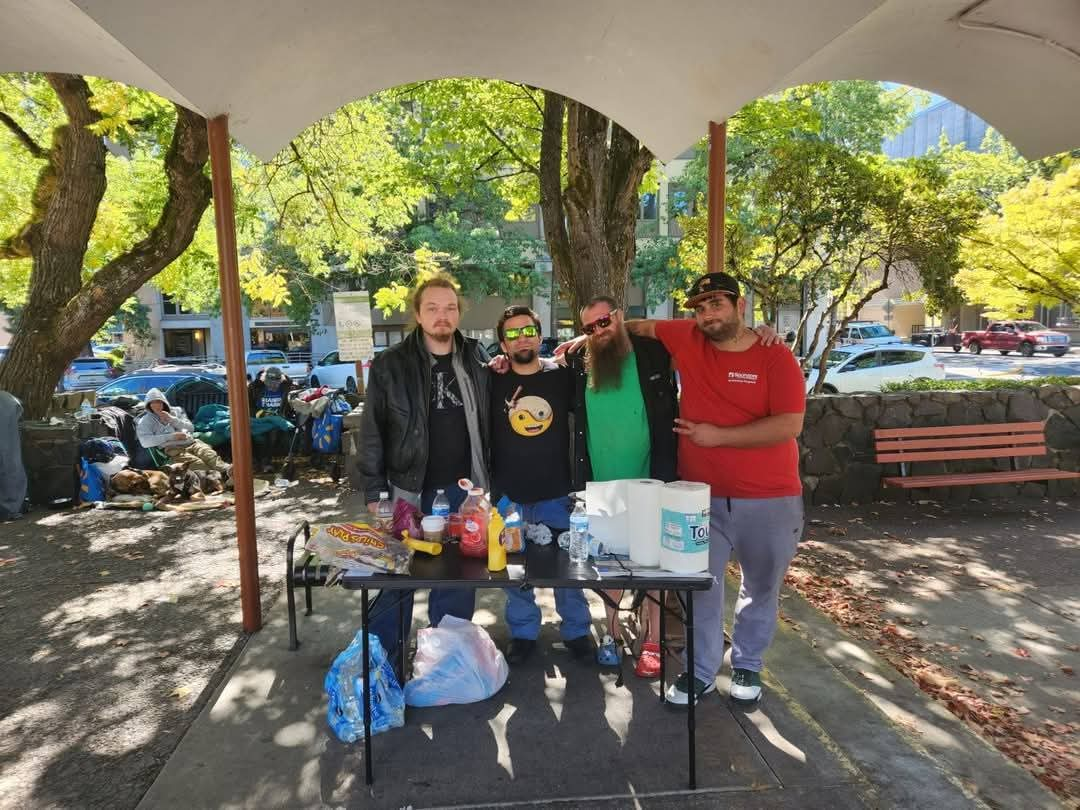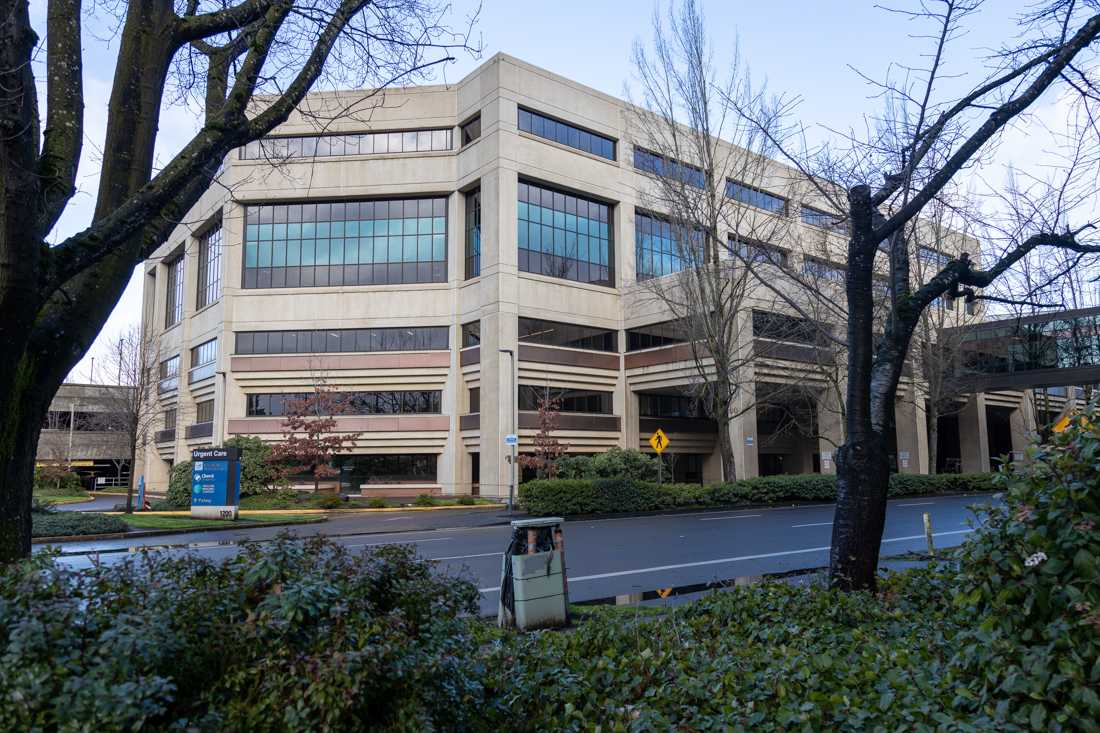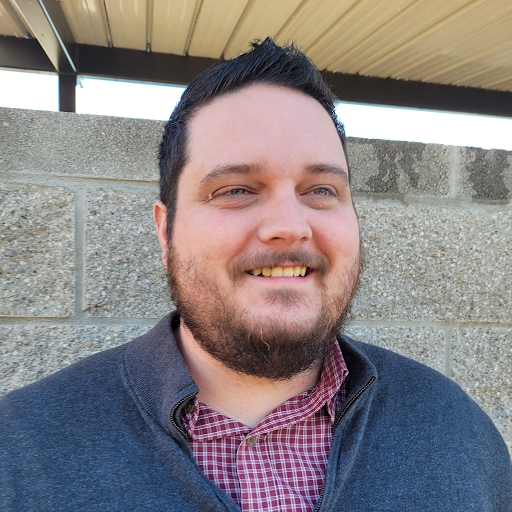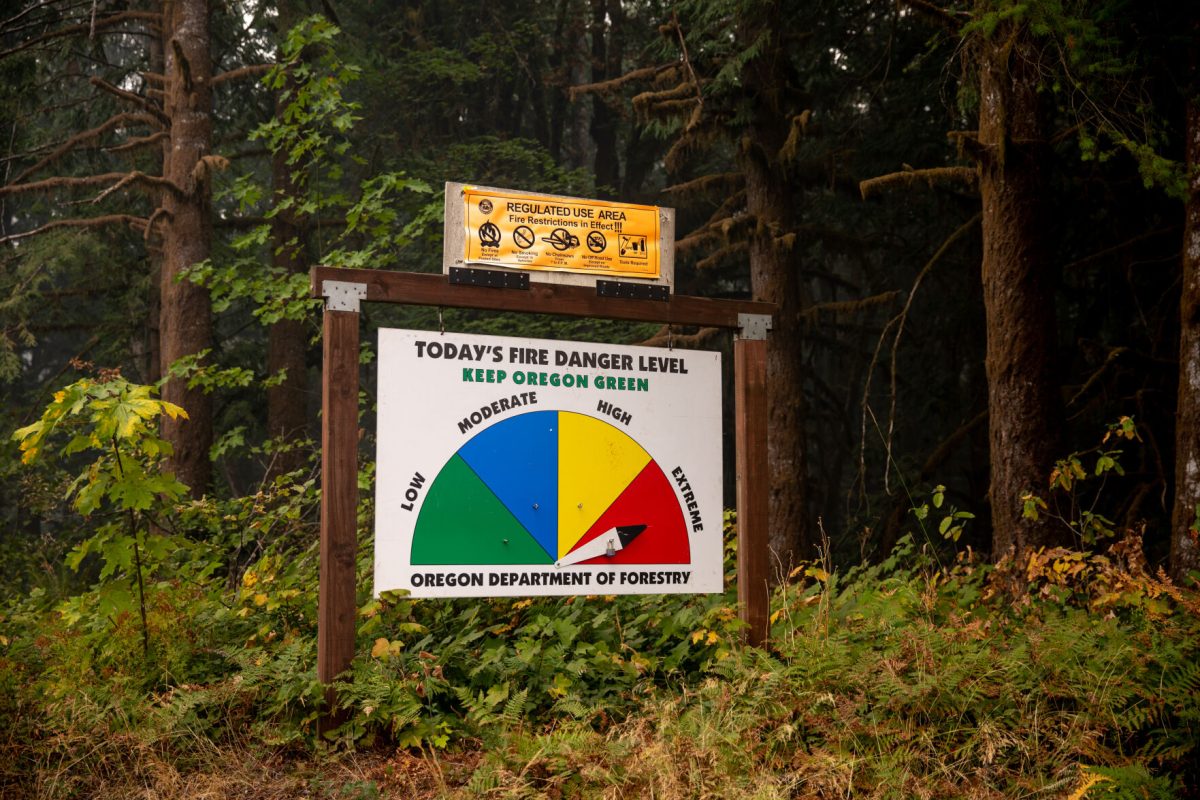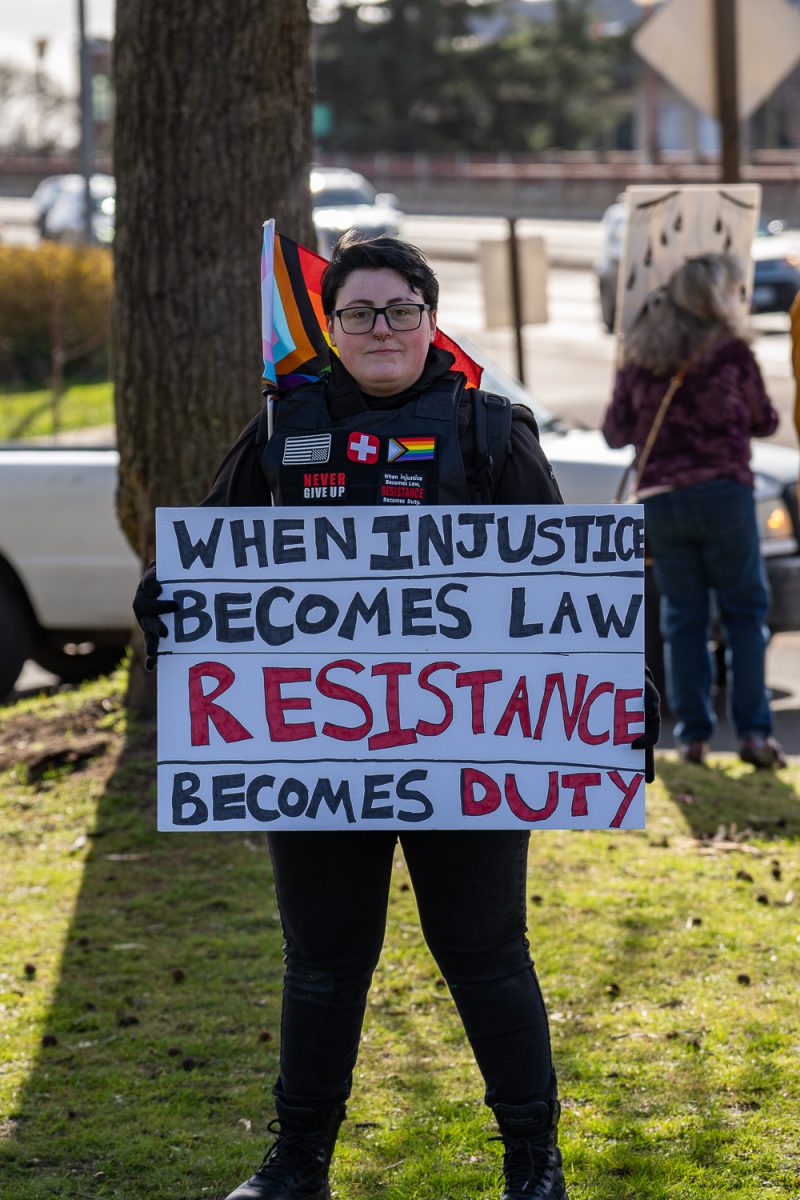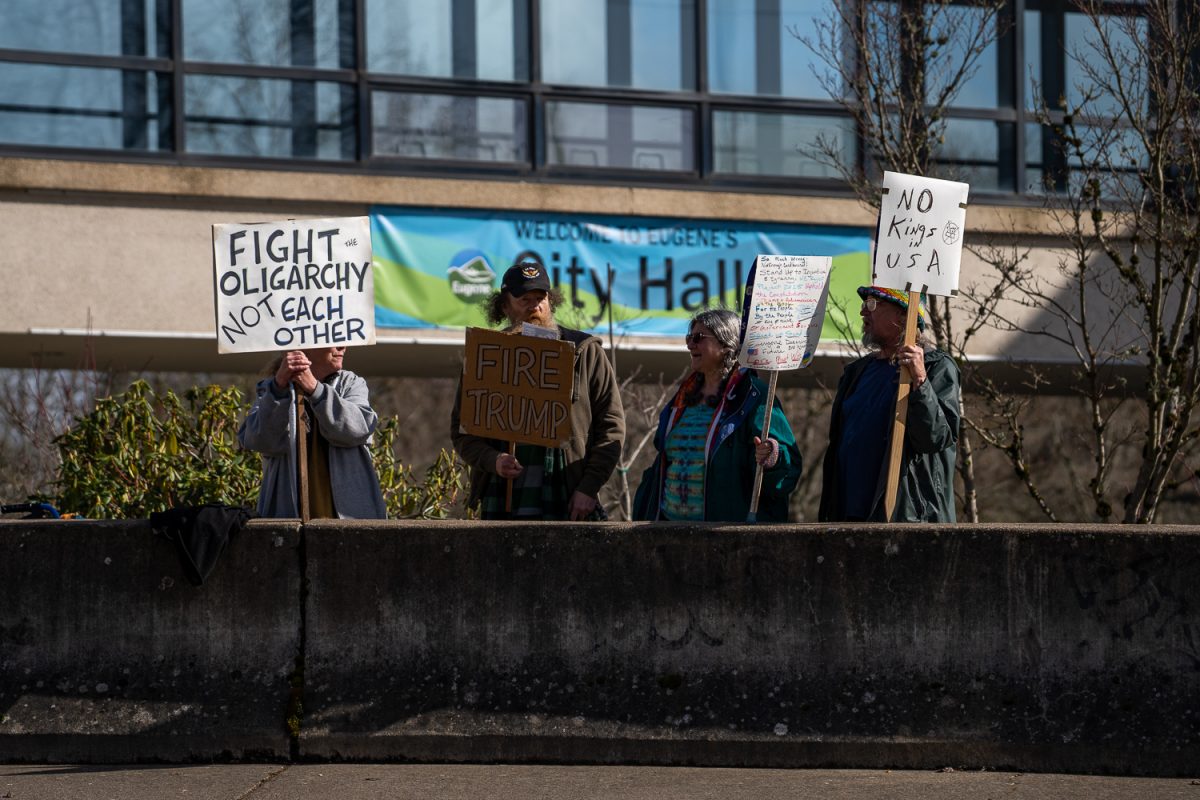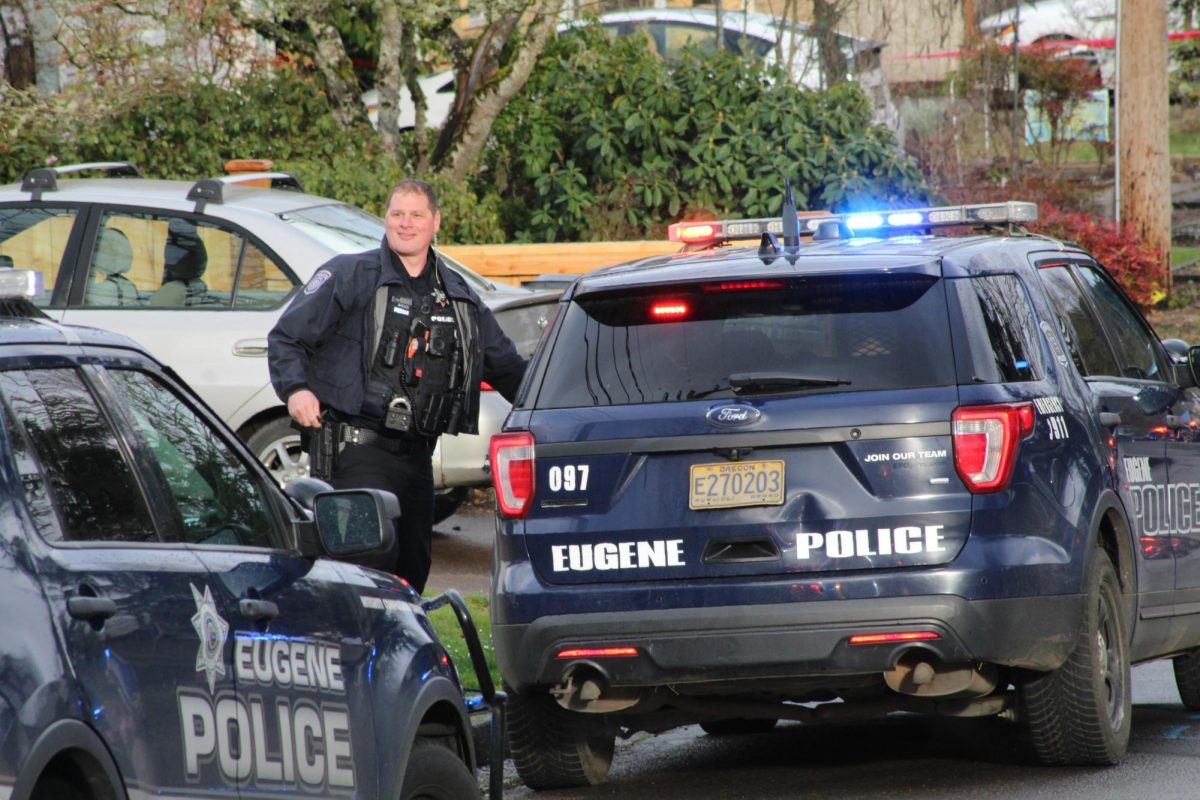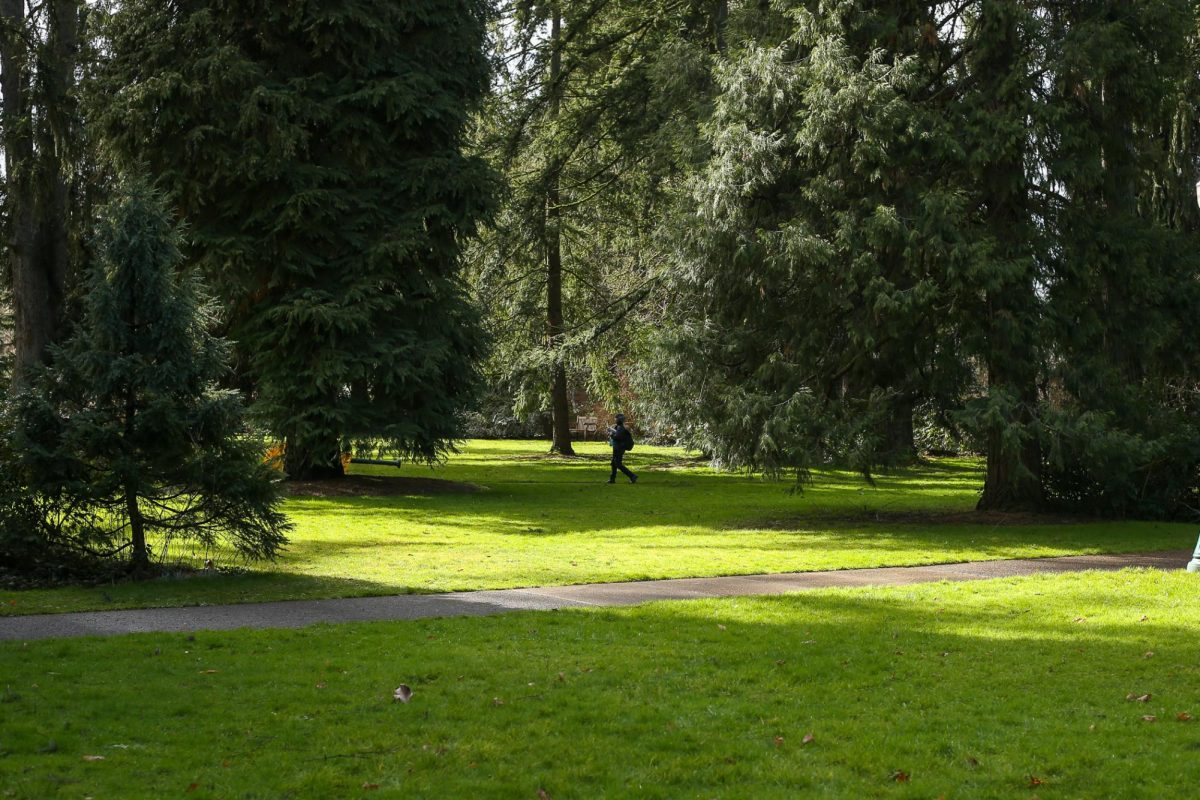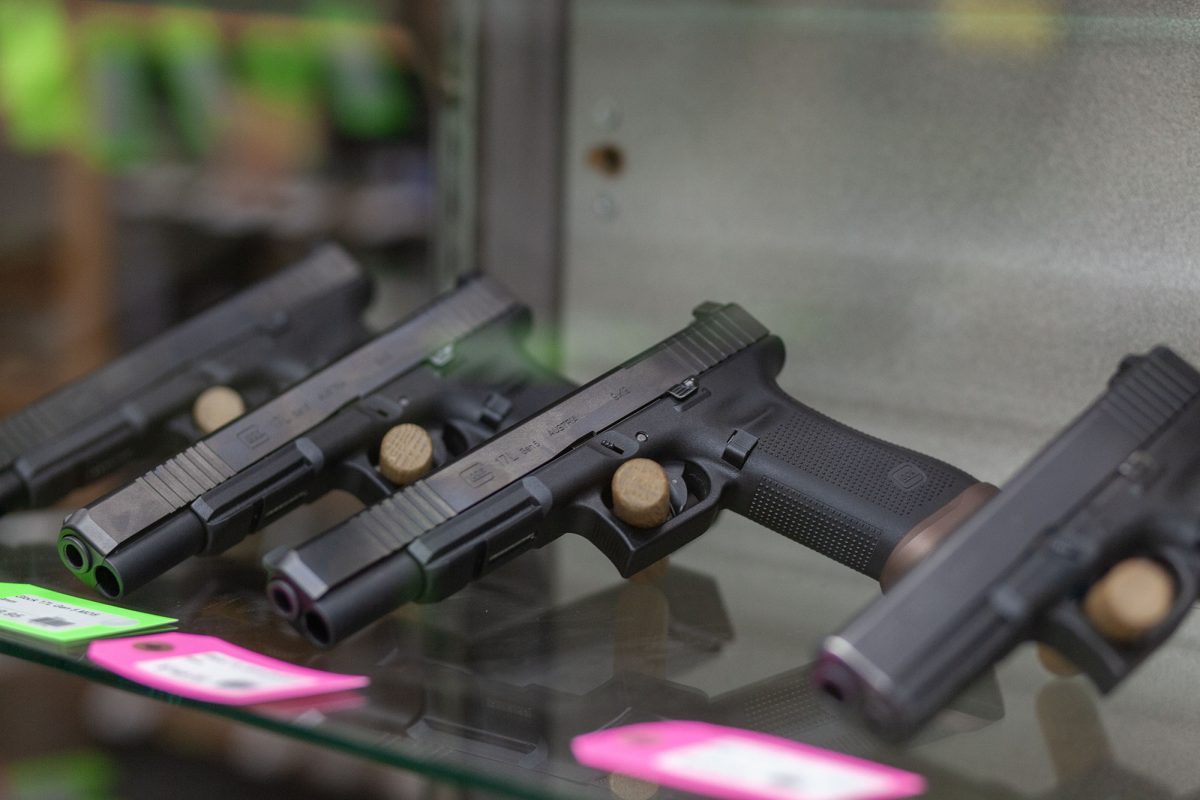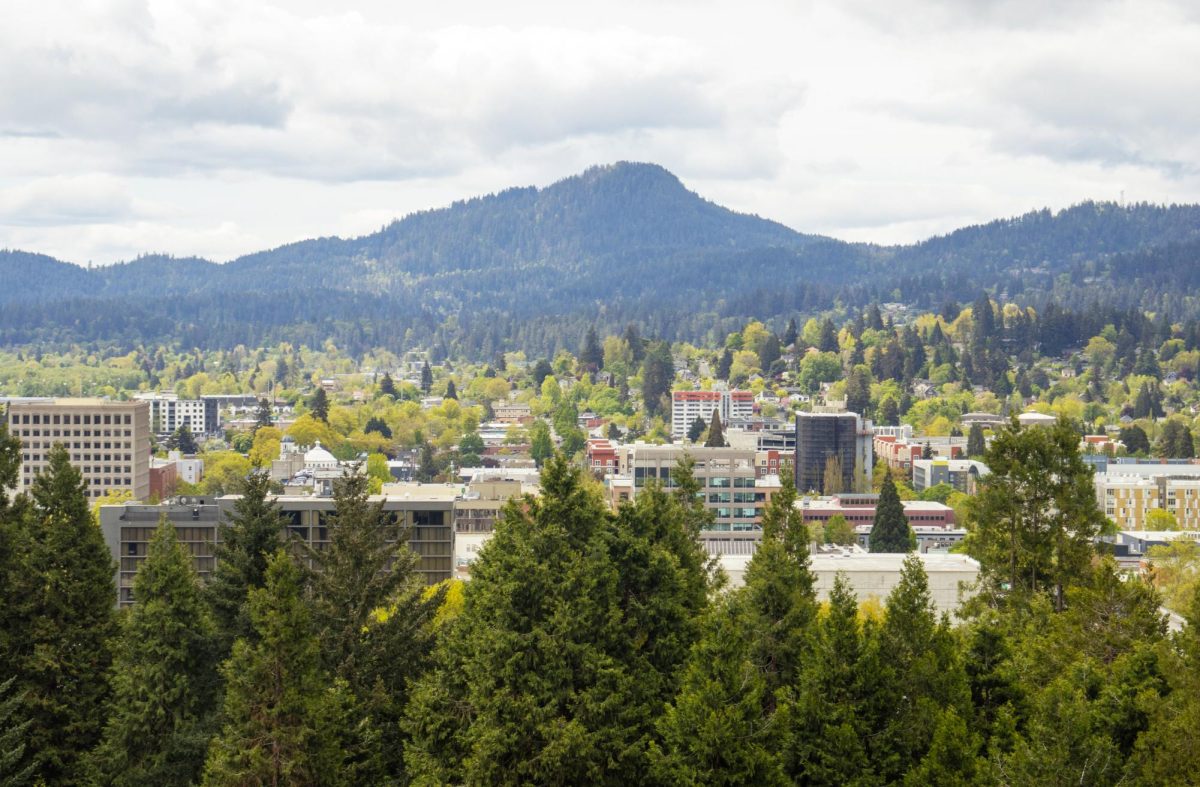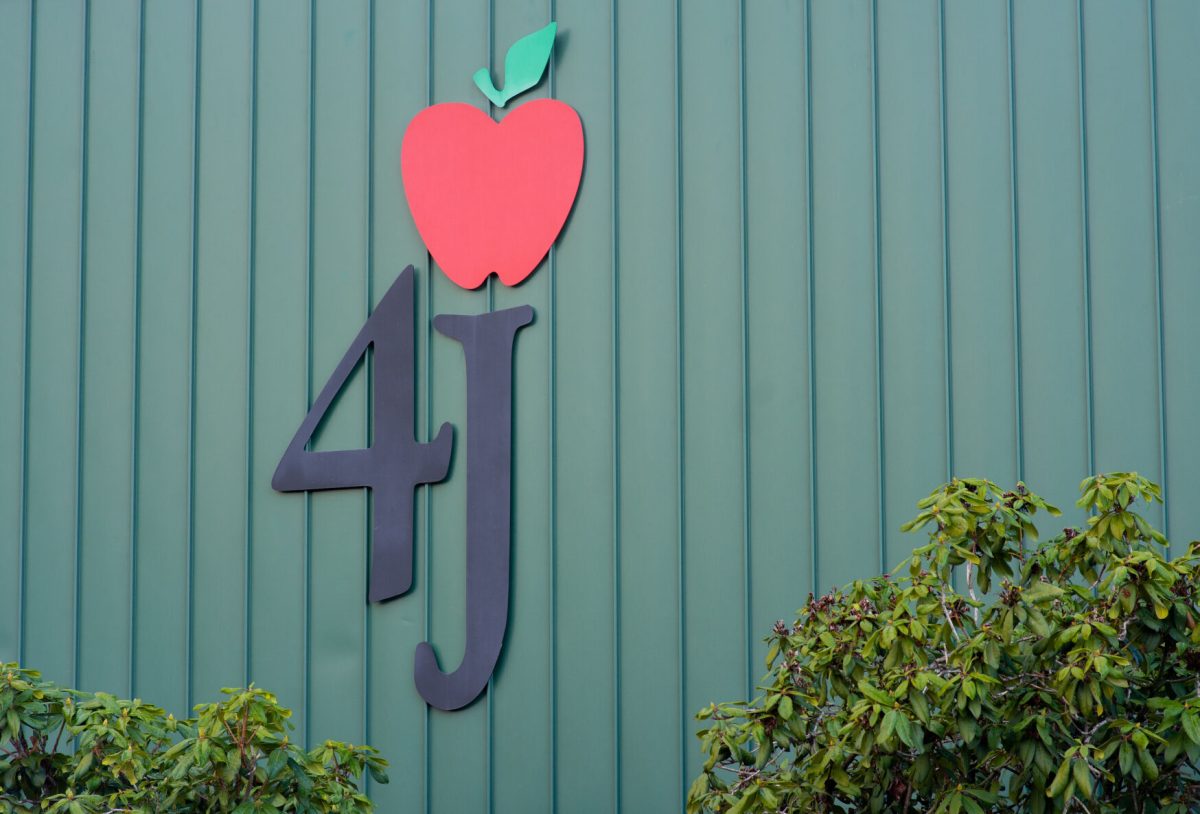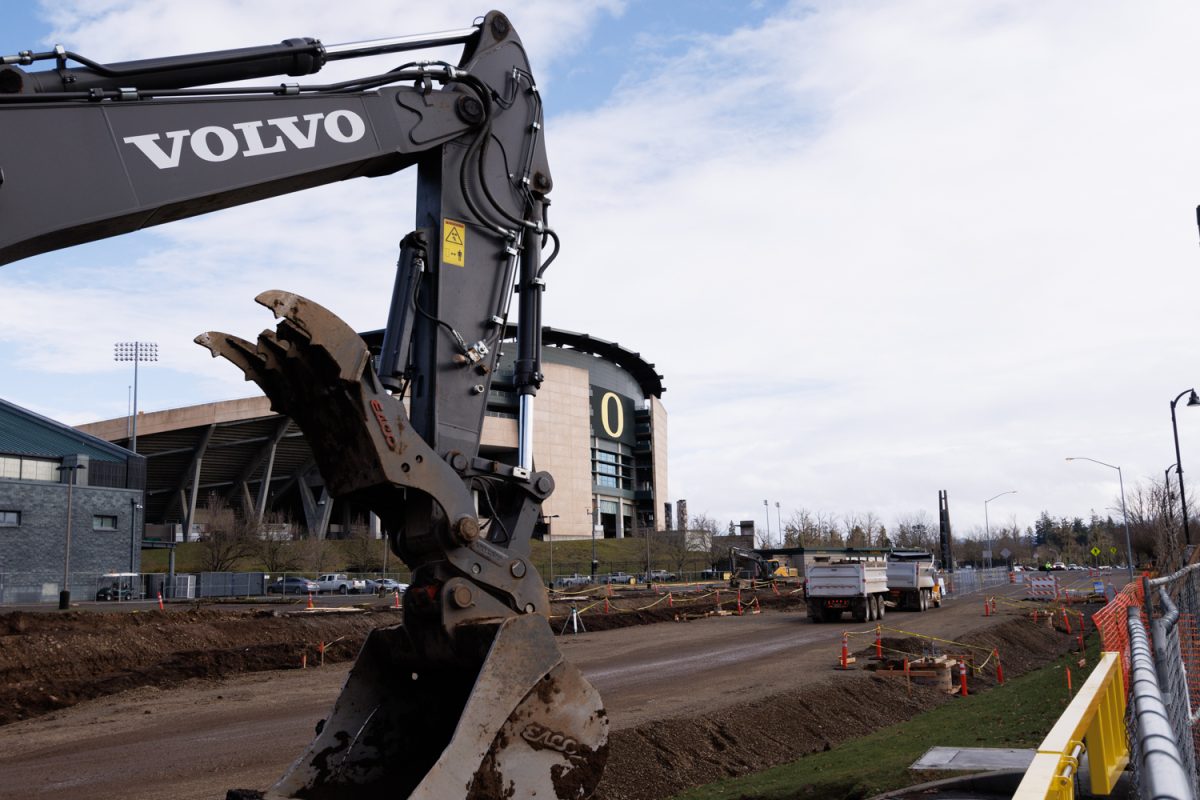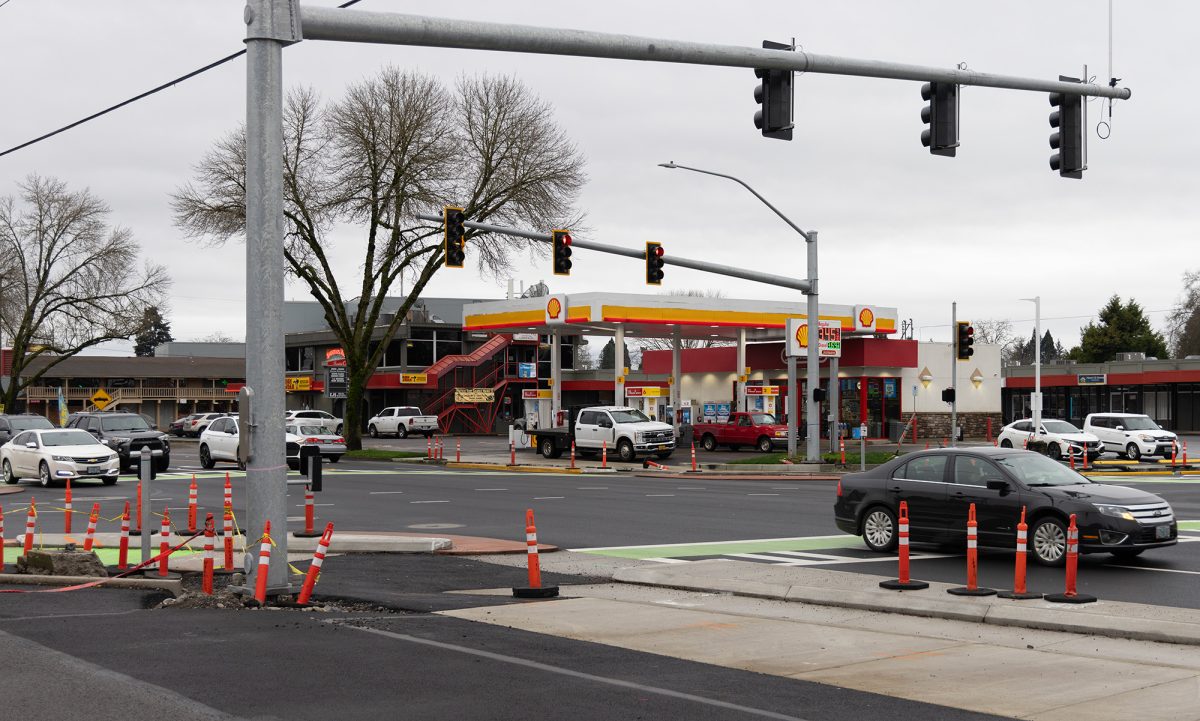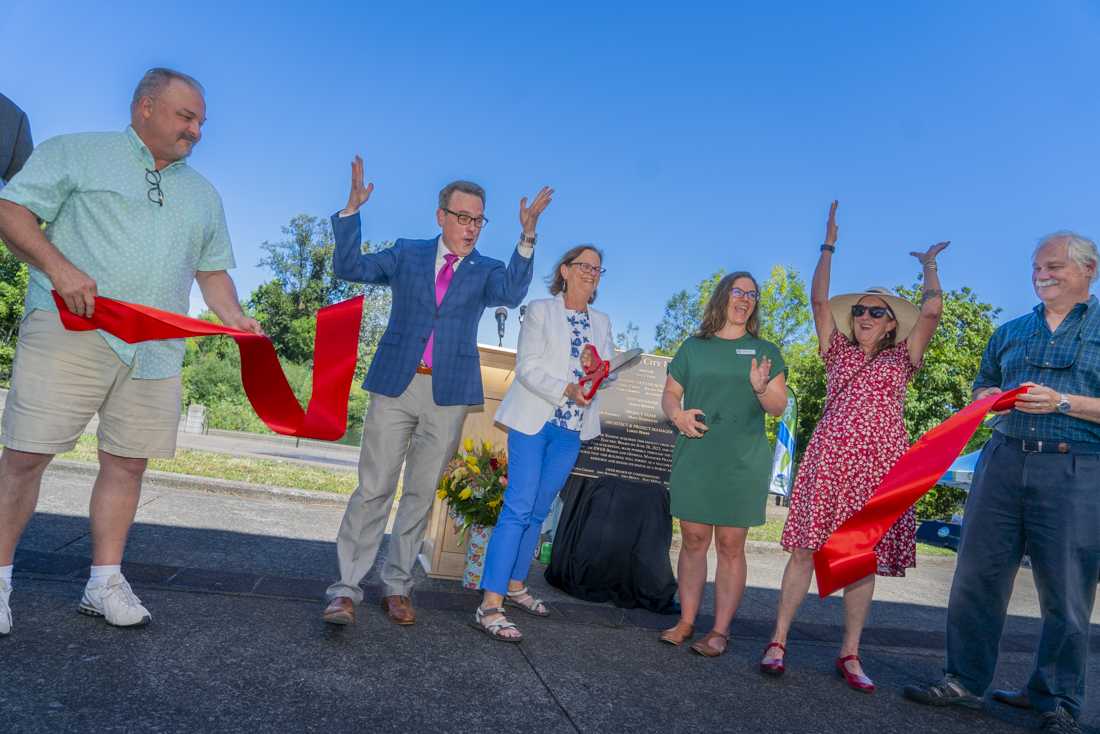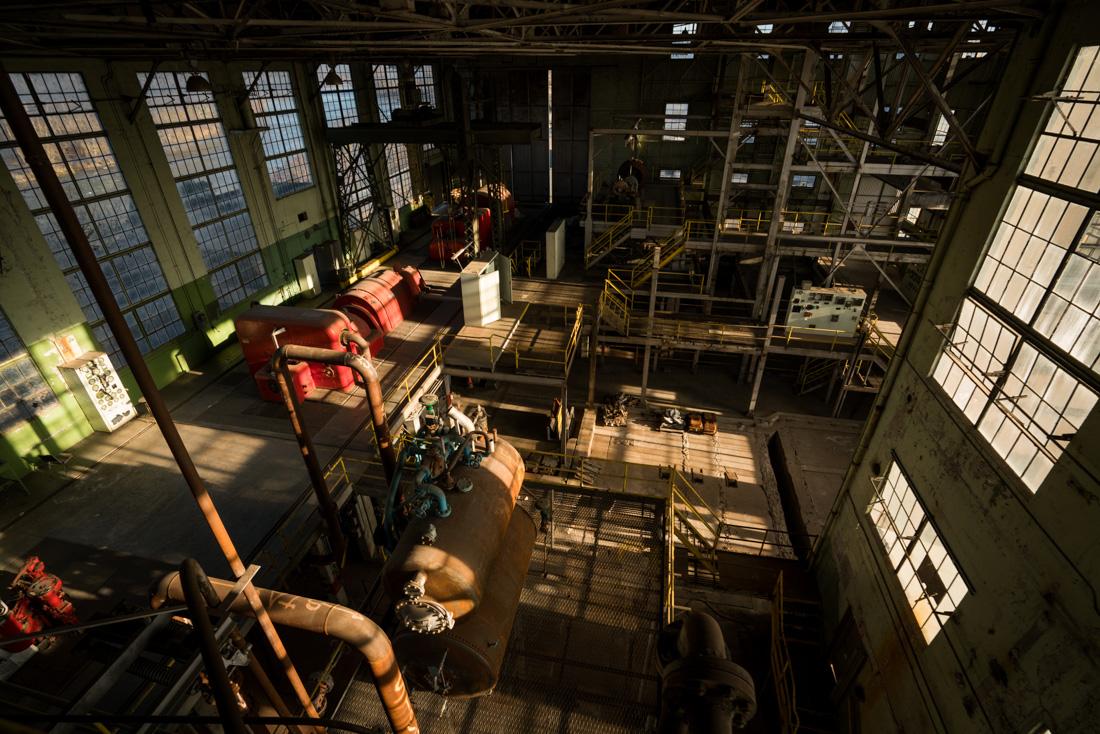The CleanLane Resource Recovery Facility will move forward with its construction after a motion to sign the contracts with Bulk Handling Systems passed at the Lane County Board of Commissioners meeting on Aug. 20.
The Board of Commissioners discussed and voted on signing the necessary agreements with BHS to authorize the construction and operation of the facility. The board also voted on authorizing the project’s financing in a principal amount to not exceed $35 million for Lane County, an amount lowered from $50 million through a federal tax credit.
Both motions were passed by a 3-2 majority vote from the commissioners.
“I don’t think any of us expected today’s items before us were going to move anybody from their position,” District 3 South Eugene Commissioner Laurie Trieger said. “These really are sort of cleanup and further clarification, and getting us closer to actually being able to execute on a project that has been well underway for many years.”
Why some individuals opposed the CleanLane project’s approval
Some community members during the public comments period at the board meeting voiced their objections against the project, calling to bring its approval to a public vote in the upcoming elections.
“Maintaining public trust is a very fragile thing,” Sanipac General Manager Chris Kjar said during public comment. “If this facility fails, it’s a disaster not only financially for the county, but more importantly it would destroy the foundation of public trust for the recycling programs for years to come if not decades.”
A few individuals pointed out that people they have talked to about this project were largely unaware of details surrounding the CleanLane facility or its general effects on the community.
“This is a massive project. We really need to stop rushing through this,” Lane County resident Travis St. Clair said. “Get the facts out, let the facts talk to the people and let the people decide whether or not this is something that we need.”
David Loveall, District 2 Springfield Commissioner, called to forward the project’s approval to Lane County voters for the May 2025 election. District 1 West Lane Commissioner Ryan Ceniga seconded the motion but ultimately failed in a 2-3 vote.
“I think putting this up for a vote for the May 2025 election is just enough pause for us to be responsible, integrous and recapture some of the trust that we’ve lost amongst our constituents,” Loveall said before the motion failed to pass.
Logistics and functions of the CleanLane Resource Recovery Facility
Lane County Public Works Director Dan Hurley said that the largest items that go to the landfill are food waste, which decomposes and produces methane. The CleanLane facility will haul in mixed garbage to the site where recyclable materials and food waste will be processed and sorted.
CleanLane is expected to divert over 80,000 tons of waste from the landfill each year and prolong the landfill’s lifespan by an additional 20 years. Hurley added that he doesn’t anticipate any issues with odors coming from the enclosed facility.
“We did put language into the contract that would put it into liquidated damages of starting at $1,000 a day and escalating to $5,000 a day for not addressing odor issues,” Hurley said.
District 5 East Lane Commissioner Heather Buch said that some of the top issues for voters are mitigating climate chaos and bringing more living wage jobs and good economic development opportunities to Lane County.
In his presentation, Hurley said the facility’s waste management process should reduce emissions by diverting methane-producing waste, creating sustainable RNG fuel, improving recycling systems to recover more materials and creating local, sustainable economic development and jobs.
Hurley stated that this project will generate $272 million in Lane County regional economic activity to provide over 190 high-paying manufacturing and construction jobs and over 65 jobs at the facility.
However, residents are estimated to see a 50% to 60% rate increase per month each year for four years, eventually facing a $2–$2.50 rate increase per month in year four. These disposal rates or fees in residents’ garbage bills will then remain to finance the ongoing operation of the facility.
Hurley said that commercial rates depend on the size of the businesses, but they will face approximately a 3% increase per year.
“We had one of the lowest rates in the state coming into this project,” Hurley said. “After we go through the four years of increase, it puts us at about average if you look at the other areas around the state.”
Buch, who supports the CleanLane project, raised a hypothetical that if the landfill eventually becomes full and likely has to ship it to Eastern Oregon, the likely cost implications that Lane County could face are outrageous and that this contract can save millions of dollars in the future.
“We think 50 or 60 cents today is a big deal. That [implied] cost increase is really going to break the bank,” Buch said. “We must think about futures from now, what they’re going to pay in the future and what we can do now to save people money.”



